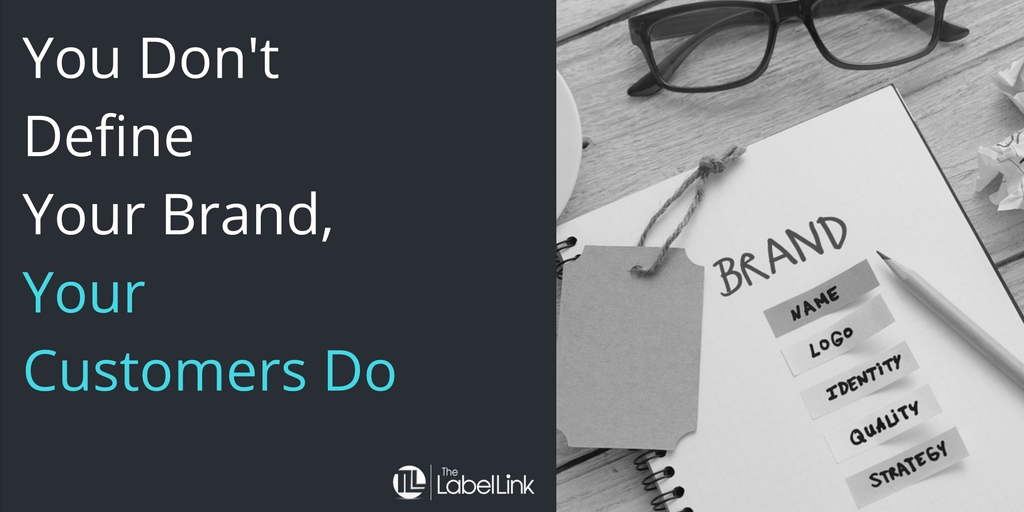
Is Your Product Packaging Hurting Your Brand Instead of Helping?
You don’t define your brand – your customers do. When a customer looks at your product, your brand is the first thought that runs through her mind. You can tell her how great you are until you’re blue in the face but if your product packaging doesn’t match your claims, you’re sunk.
That’s why branding is so difficult. You have to anticipate your customer’s gut reaction and then design accordingly. If you don’t, your product packaging could be hurting your brand instead of helping it.
Need proof? Here are five examples of how the way your product looks could affect the way your customers perceive your brand.
1. You Look Out-of-Date
Is your product fresh and modern? It won’t matter if your product packaging is sending a signal to your customers of being out of date.
Although vintage product packaging designs are popular, outdated products are not. Customers want to know that what they’re buying is the latest and greatest option. They want to know you’re making updates and keeping up with the times. If your product packaging looks the same today as it did five years ago, chances are, it’s out of date and in need of some sprucing up.
Beauty products are especially prone to this. For example, if you’re using a woman on the front of your packaging, make sure her hairstyle and clothing are in line with today’s trends.
2. You Look Out of Touch
Even if your product looks modern, you have to be sure it looks like something your customers would want to buy.
Case in point: Hungry Jack.
A few years ago, Hungry Jack decided to change their syrup bottle because “research” told them their customers didn’t care about whether or not they could heat it up. Their research was wrong and it cost them a lot of money.
As soon as customers saw the new bottles they realized they could not heat them up in the microwave – and a slew of social media outrage ensued. Customers knew immediately that the brand wasn’t listening to how they used their product so they turned to a competitor instead. Hungry Jack’s brand was damaged and customers were unhappy until finally, the syrup bottle returned to its original shape and size.
3. You Look Out of … It
Some product packaging lacks the “it” factor. It’s boring. Lifeless. Unattractive.
Standing out on the shelf is hard enough. With a drab, uninviting product label, you’re asking for a slump in sales. That’s not only because your products won’t fly off the shelves, but also your brand will lose the curb appeal it needs to attract loyal buyers.
4. You Look Out of Other Options (or Desperate)
On the flip side of boring is bold. But being too bold can cause your brand to look desperate.
Flashy colors, bright shapes, large guarantees and promises all scream of desperation. Although it’s possible to use vibrant coloring and powerful product messaging without looking too much like you’re trying to get in-their-face, it’s a fine line you don’t want to cross.
5. You Look Out of the Price Range (or Far Below It)
Look at your product packaging with fresh eyes. Does it look professional? Does it look well put together?
If your products look more like they were designed by a group of low-skill interns rather than high-quality designers, you’re cheapening your brand.
On the other hand, if your product packaging looks rich and decadent, but you’re one of the lower priced options, you’re also damaging your overall brand. You’re confusing the customer, which is a death sentence for sales.
Look at your product packaging and determine whether the price you’re charging matches up with the price your customers would expect to pay when seeing your product on the shelf. If it’s too far on either end of the spectrum – too amateurish or too fancy – it’s time to adjust.
Question: What’s the biggest challenge of product packaging that you’ve faced?
Brands struggle to develop labels and packaging that matches their target audience, their product, and their price. If you’re having a hard time coming up with the best design, start by listening to your customers. Then, design something that’ll attract their attention without cheapening your products.
